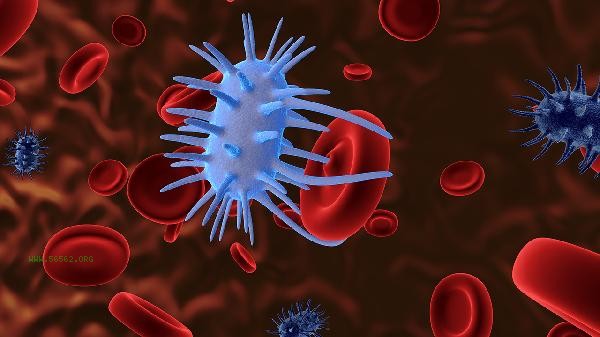The whole blood test report mainly determines viral infection through indicators such as white blood cell count, neutrophil ratio, lymphocyte ratio, C-reactive protein, and absolute value of monocytes. During viral infection, it usually manifests as normal or decreased white blood cells, increased lymphocyte proportion, decreased neutrophil proportion, and mild or normal increase in C-reactive protein.

1. White blood cell count:
During viral infection, the total number of white blood cells is usually within the normal range or slightly decreased, with values often below 4 × 10 ⁹/L. Bacterial infection often results in a significant increase in white blood cells, which is one of the key indicators for distinguishing between the two. However, it should be noted that special populations such as infants, young children, and the elderly may exhibit atypical symptoms.
2. Lymphocyte ratio: After the invasion of
virus, the body's specific immune activation occurs, and the lymphocyte ratio often exceeds 40%, and the absolute count may increase. Heterologous lymphocytes can be seen during infections such as EB virus and influenza virus. This indicator needs to be comprehensively judged based on clinical manifestations and other examinations.
3. Proportion of neutrophils:

Virus infection can inhibit neutrophil production, and its proportion is often less than 50%. But interference factors such as stress and drug effects need to be excluded. In the early stages of some viral infections, transient elevation of neutrophils may occur, and in the later stages, lymphocytes may become predominant.
4. C-reactive protein:
During viral infection, C-reactive protein usually increases slightly by 10-40mg/L or is normal, and a significant increase>100mg/L often indicates bacterial infection. The dynamic monitoring of this indicator has important value in determining the type of infection and the progression of the disease.
5. Absolute value of monocytes:
Some viral infections such as infectious mononucleosis may result in an increase in absolute value of monocytes>0.8 × 10 ⁹/L, accompanied by atypical lymphocytes. However, this indicator has low specificity and needs to be analyzed in conjunction with other examination results.

Daily attention should be paid to observing whether there are common symptoms of viral infection such as fever, sore throat, and fatigue, and maintaining sufficient rest and drinking water. The diet should be light and easy to digest, with appropriate supplementation of vitamin C. If the abnormal blood routine lasts for more than one week or is accompanied by severe symptoms such as high fever and changes in consciousness, timely medical attention should be sought to improve respiratory virus antigen testing, serological tests, etc. to further clarify the diagnosis. Children, pregnant women, and immunocompromised individuals should be more vigilant when experiencing abnormal indicators.








Comments (0)
Leave a Comment
No comments yet
Be the first to share your thoughts!